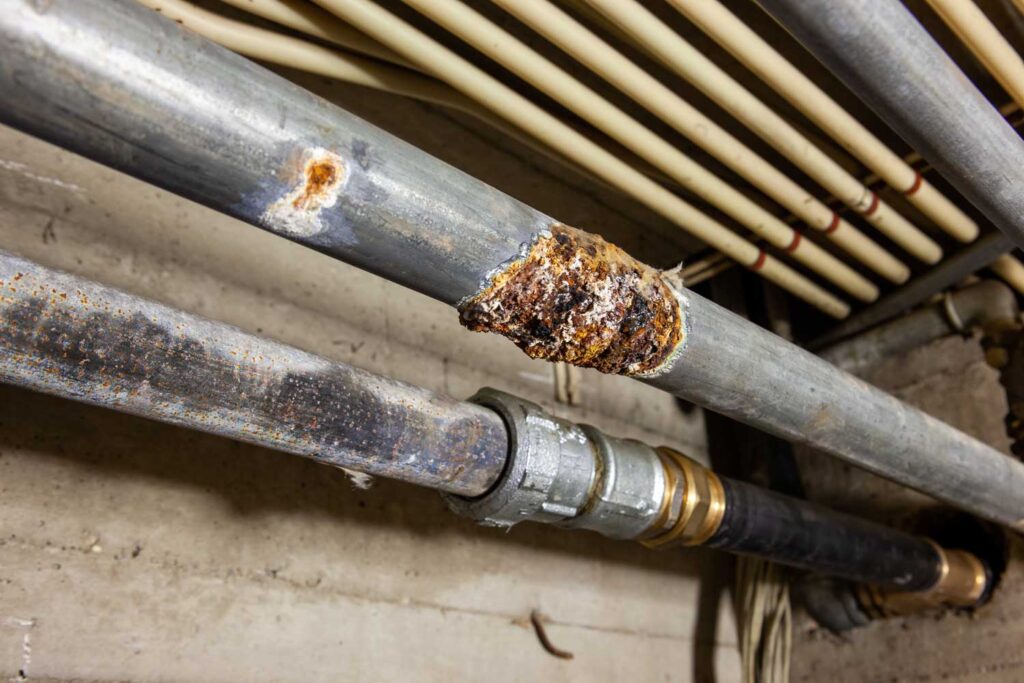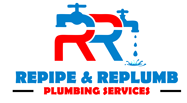What is Galvanized Pipe?

Galvanized pipes are steel or iron pipes coated with a layer of zinc, a process known as galvanization. This zinc coating protects the pipes from rust and corrosion by acting as a barrier against corrosive substances.
Methods of Galvanization:
- Hot-dip galvanizing: The most common method, where the pipes are immersed in molten zinc.
- Electro-galvanizing: A zinc layer is applied through an electric current, creating a thinner coating more suited for indoor use.
- Sherardizing: Also called vapor galvanizing, pipes are placed in a drum with zinc dust and heated to high temperatures.
- Metallic spraying & painting: Other less common coating methods.
Why Were Galvanized Pipes Used?
From the 1940s through the 1960s, galvanized pipes were widely used in home plumbing. After it was discovered that lead pipes posed serious health risks, galvanized pipes became the safer, durable, and affordable alternative. Although they were cheaper than copper and sturdier than plastic, galvanized pipes are no longer widely used in new constructions and are generally found in older buildings.

Do Galvanized Pipes Contain Lead?
While the steel in galvanized pipes doesn’t contain lead, the zinc coating used for galvanization often does, as it contains natural impurities. As this coating deteriorates over time, small amounts of lead can leach into the water supply, creating health risks—especially when pipes reach the end of their lifespan.
How Long do Galvanized Pipes Last?
The typical lifespan of galvanized pipes ranges from 20 to 50 years. However, factors like water hardness (high mineral content) can accelerate corrosion and shorten their longevity. Regular maintenance, such as reducing water pressure and softening hard water, can extend their useful life.
When Should I Replace Galvanized Pipes?
Common signs that galvanized pipes need replacing include:
- Reduced water pressure: Mineral deposits and corrosion reduce flow.
- Water discoloration: Corrosion can cause brown or rust-colored water.
- Leaks: Corroding pipes are prone to leaks, which can cause damage to walls, floors, and structural components.
Should I Replace My Galvanized Pipes with PEX?
Replacing old galvanized pipes with PEX (cross-linked polyethylene) is a smart choice. PEX piping is highly flexible, durable, and resistant to corrosion and bursting. Unlike galvanized pipes, PEX doesn’t contain lead, withstands acidic water, and resists chlorine and scaling.
Who Can Replace My Galvanized Pipes?
For safe and efficient replacement, contact a qualified repipe company. Repipe and Replumb are experienced in replacing outdated plumbing systems, ensuring safe and high-quality installations!

Contact Us for More Information

